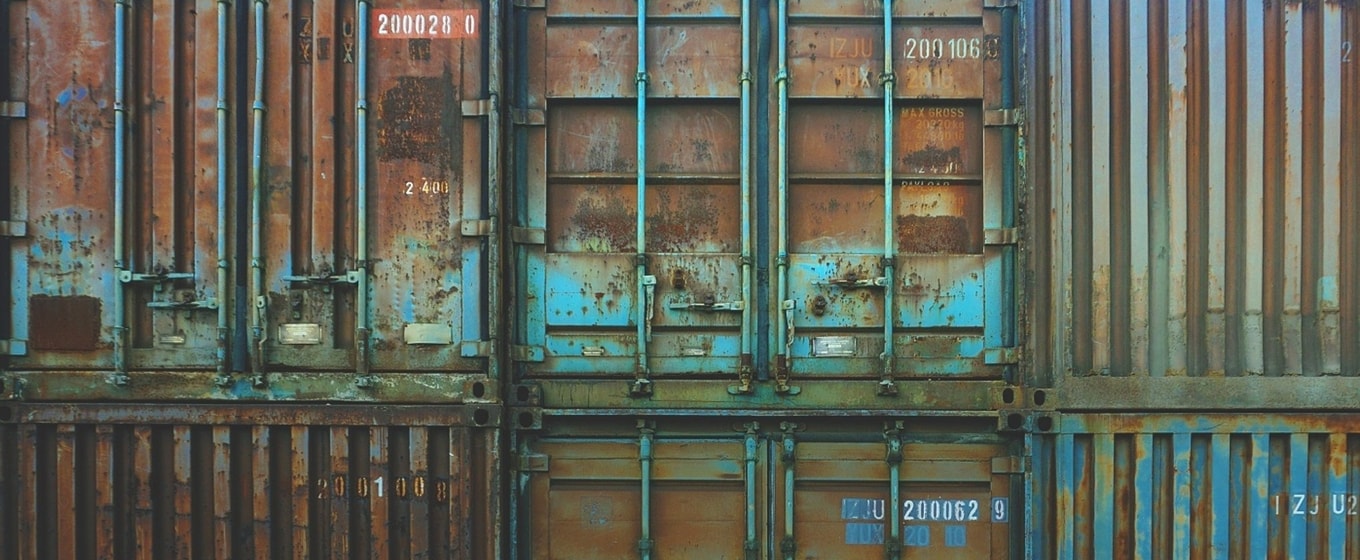When it comes to foreign trade, UK companies want more efficiency, cost savings and economies of scale benefits. Be that importing supplies from China, outsourcing services to Brazil, or selling your product as a white label in the States.
James Sinclair of Trade Finance Global, delves into the rise of the UK's export market, and how businesses are finding essential funding and talks about the digital future of trade finance.
Exporting is on the rise
The UK export market continues to grow year on year according to Barclays’ new Business Abroad Index. With British businesses exporting largely to Europe, but also to China, the sector has seen around a 6% increase (in terms of amount GBP traded) in comparison to 2014.
In particular, the retail and manufacturing sectors saw material increases last year, and confidence continues to grow and be positive around exporting, says Royal Mail’s annual tracker on UK SME e-tailers; 56% of UK e-tailers aim to increase international sales in 2016.
Looking forward, Australasia, Asia and Europe have been earmarked as potential for UK exporters in 2016. Although our export market is buoyant, companies are experiencing issues when it comes to funding.
Banks are lending less
Something interesting is happening with the banks but it’s not great news for SMEs unfortunately. Banks have undergone significant changes as a result of regulation, risk and restructures. In a nutshell, banks are doing 2 things: lending less and being more risk averse.
In a world where regulation is forcing banks to reduce their loan book size and decrease their appetite for risk, it really is getting harder for small businesses to access bank finance. Trade finance (funding for the shortfall left when a company has paid suppliers but still waiting for customers to pay) in a bank still exists, but it’s fairly restrictive and requires tough criteria (such as geographical restrictions due to the political situation of the seller’s country, or a weak company balance sheet).
Banks no longer lend speculatively (as they did pre-2008); they stress test businesses to ensure repayment by a series of processes that ensure there’s next to no risk of a company defaulting on a loan. We think of it as ‘rainy day lending’: if a repayment is £200 a month, they’ll make sure that your business has profits of between £250 - £350 per month. To add to this, because the interest rate is likely to go up in the near future, banks ensure that you can afford an additional 2-3% in repayment amounts as a test to ensure the business has the ability to pay at the higher rate.
Banks are also decreasing the size of their trade finance loan books – that is, the total amount they’re willing to lend to businesses, mainly as a result of changes in regulation (Basel III). This means more businesses are competing for a smaller pot of money.

Available from alternative finance providers since banks are lending less.
Altfi is increasing market share
Alternative financiers in the import and export funding space are able to act quickly, offer competitive rates, and offer specialist functions to quickly qualify a business as eligible for finance. Providing the company can demonstrate good end-debtors (i.e. paying customers in the UK or internationally) and strong relationships with suppliers, it’s possible to access capital.
This means that for startups, a long, positive cash flow history is no longer a requirement for accessing fairly big credit facilities, and there is no real limit on how much funding that the business can access, ensuring fast growth.
Trade finance can be complicated though. Import finance is quite different from export finance; invoices may not cover the full financing cost and have a hefty list of other fees and charges, and some products are often difficult to fund (e.g. commodities). We are seeing an influx of alternative finance (altfi) providers offering flexible business funding solutions, which really do involve numerous products and will often require a bespoke, tailored finance package suiting both themselves and the borrower.
Digitalization of trade finance
As international trade, shipping data and credit information continues to be digitalized, we believe that the process of getting trade finance, and the rates that should be charged associated with the underlying risk of lending, will become a digitalized process.
The idea of credit scoring based on other metrics (e.g. eBay seller rating and customer feedback) is used in some consumer sectors, however, we believe that the digitalization of the back-end altfi application process is near.
We’ve also seen elements of the supply chain finance process going digital – be that global parcel tracking, or the digitalization of the paper ‘Letter of Credit’ and ‘Bill of Lading’.
Although it’s far off, we also think that the Blockchain has some potential to disrupt elements of supply chains, but it will take significant buy in and investment globally to be supported (although we’ve seen this starting in some big banks).






These cookies are set by a range of social media services that we have added to the site to enable you to share our content with your friends and networks. They are capable of tracking your browser across other sites and building up a profile of your interests. This may impact the content and messages you see on other websites you visit.
If you do not allow these cookies you may not be able to use or see these sharing tools.